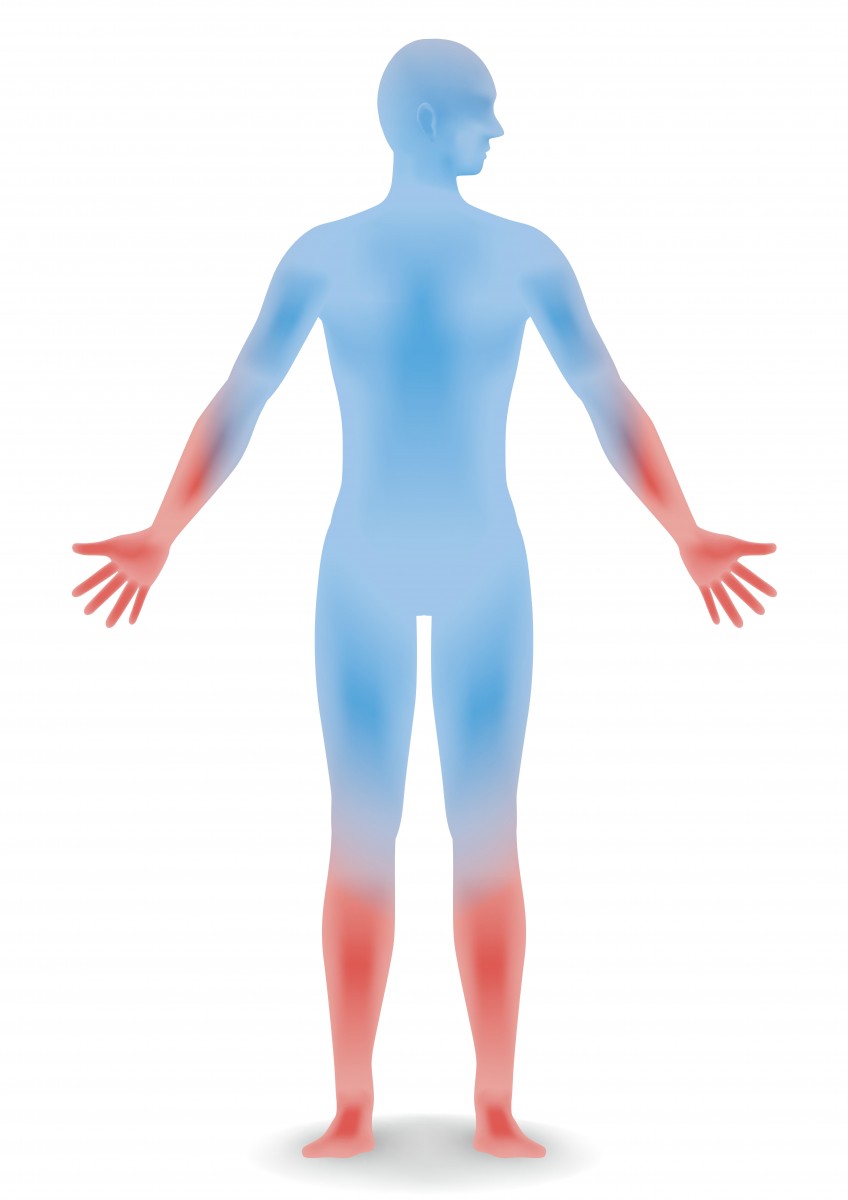Small Fiber Neuropathy Symptoms Eased by IVIG Therapy and Infliximab, Study Reports

Intravenous immune globulin (IVIG) therapy, alone or combined with infliximab, may significantly ease symptoms of sarcoidosis-associated small fiber neuropathy (SSFN), according to a retrospective analysis study.
The report, “Sarcoidosis-associated small fiber neuropathy in a large cohort: Clinical aspects and response to IVIG and anti-TNF alpha treatment” was published in the journal Respiratory Medicine.
Small fiber neuropathy is a common complication of sarcoidosis that significantly impairs patients’ quality of life. The condition affects nerve fibers, specifically those of the peripheral nervous system (as opposed to the central nervous system), and causes weakness, numbness, and pain, most frequently in the hands and feet.
Treatment with standard immunosuppressants, including corticosteroids and methotrexate, has largely failed to improve the clinical outcomes in these patients. In contrast, IVIG and anti-tumor necrosis factor-alpha agents (anti-TNFalpha) appear to relieve symptoms of SSFN.
IVIG is a sterilized solution made from human plasma, containing antibodies that help people with weakened immune systems or other diseases fight off infections.
To further understand the impact of these therapies, researchers did a retrospective analysis of sarcoidosis patients with SSFN and characterized their clinical outcomes when submitted to IVIG and to anti-TNF therapies (specifically, infliximab).
Out of an initial pool of 143 patients, 28 were excluded due to potential cofounding factors, so that the final analysis involved with 115 people. Patients were followed for an average of 31 months after starting therapy. During this time, researchers assessed their response to treatment.
The most common symptoms of SSFN recorded were numbness, pain and paresthesias (an abnormal sensation, such as numbness, tingling, or burning), mainly in the face, trunk, and proximal limbs.
Dysautonomia (a general term used to describe a breakdown, or failure, of the autonomic nervous system) was common and accompanied other neuropathic symptoms in 50% of the patients, namely as cardiac symptoms, and gastrointestinal and sweating dysfunction.
Researchers observed that among patients “treated with IVIG, anti-TNF or both, 74% reported subjective improvement described as reduced pain, paresthesias and symptoms of dysautonomia usually within the first month of treatment.”
The largest number of patients reporting improvements were in the IVIG group (75%, 47 of 62 patients) and the combination therapy group (71%, 10 of 14), while 66% (8 of 12) of those given anti-TNF also reported improvement. “In contrast, less than 15% of those who were untreated reported improvement and 81% experienced worsening of symptoms,” the researchers wrote.
Overall, the findings suggest that SSFN may progress to chronic pain syndrome if left untreated. Patients responded well to IVIG therapy, with a clear majority showing positive response to anti-TNF therapy with or without IVIG. Future studies with larger cohorts are required to confirm these results, the researchers said.






